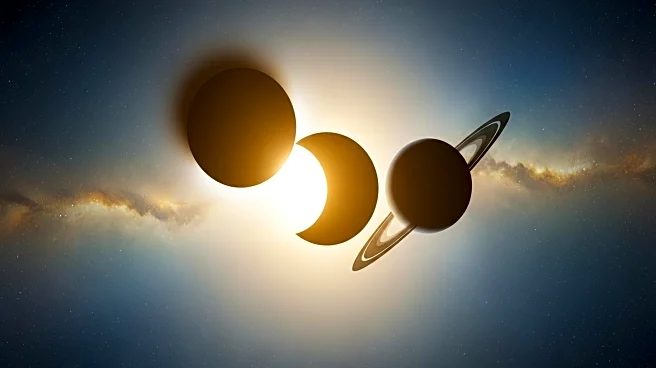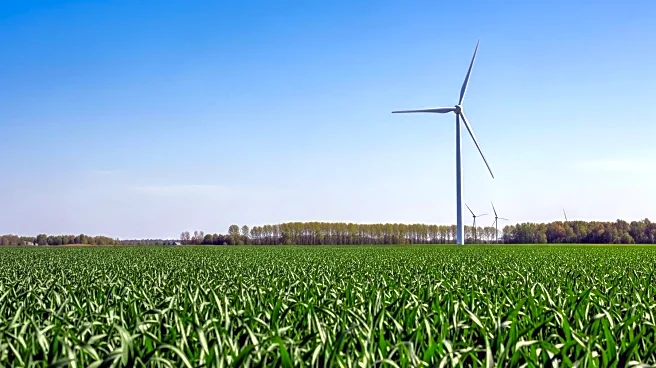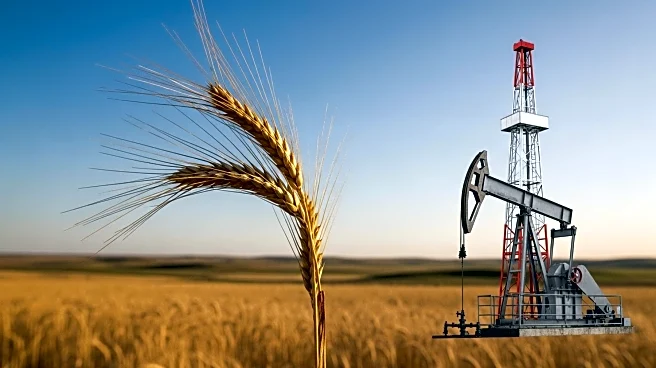What's Happening?
The autumnal equinox, occurring on September 22, 2025, at 2:19 p.m. EDT, marks the official start of fall in the Northern Hemisphere. This event signifies the moment when the sun is directly above the equator, resulting in nearly equal hours of daylight and darkness. The equinox is a transitional period in the atmosphere, with changes in weather patterns and daylight hours. As the season begins, large-scale storm systems are expected to roll across the U.S., bringing cooler temperatures and turbulent weather.
Why It's Important?
The autumnal equinox is significant as it marks a transition in seasons, affecting various aspects of life and nature. For the U.S., this shift heralds cooler weather and shorter days, impacting agriculture, energy consumption, and lifestyle choices. The equinox also influences cultural and social activities, as people prepare for fall traditions and holidays. The event highlights the interconnectedness of global time zones, emphasizing the universal nature of seasonal changes.
What's Next?
As fall progresses, the U.S. will experience further changes in weather patterns, with cooler temperatures and shorter daylight hours. This transition may lead to increased energy demands and adjustments in agricultural practices. Socially, the equinox sets the stage for upcoming holidays and seasonal activities, influencing consumer behavior and cultural events. The global nature of the equinox underscores the shared experience of seasonal changes across different regions.
Beyond the Headlines
The autumnal equinox also has deeper implications for environmental and cultural shifts. As daylight decreases, ecosystems adjust, affecting wildlife behavior and plant cycles. Culturally, the equinox is a time for reflection and renewal, as people embrace the changing season and its associated traditions. The event highlights the universal nature of seasonal changes, fostering a sense of global interconnectedness and shared experience.












